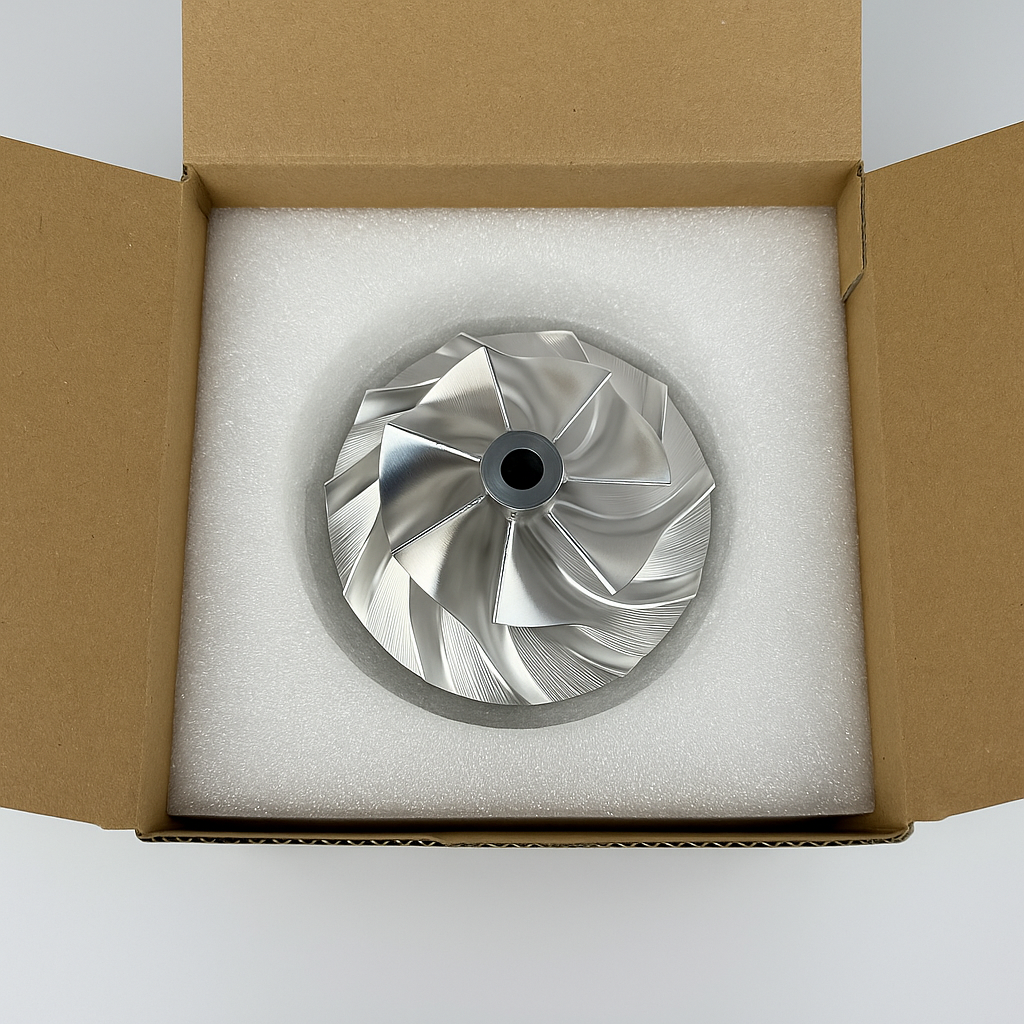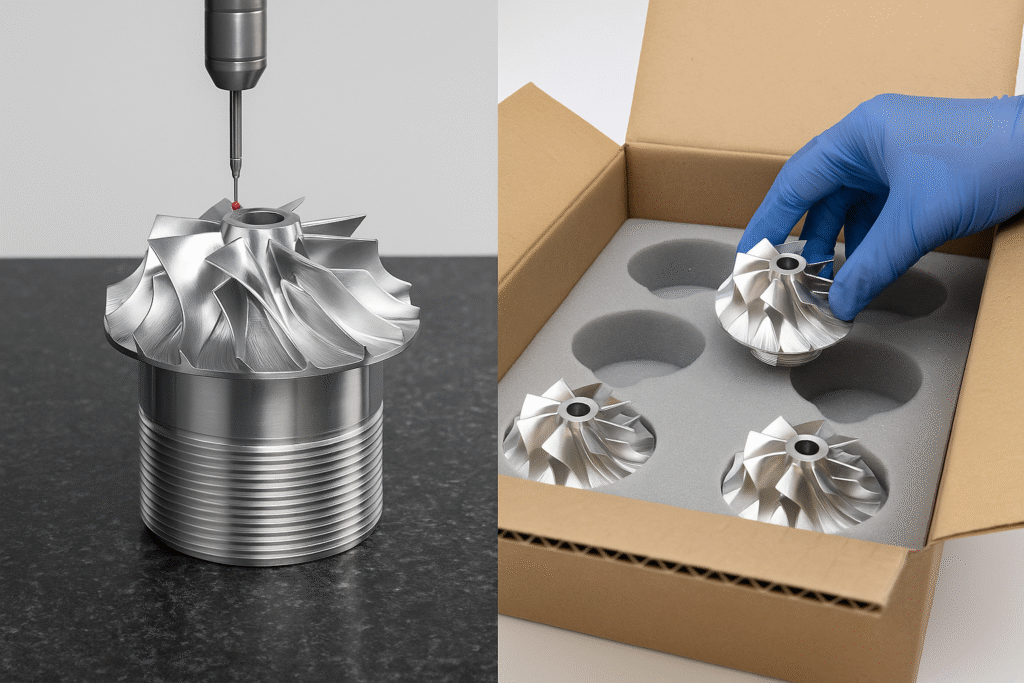In early 2024, we received a collaboration request from a Swedish electric truck startup focused on developing next-generation logistics vehicles for the extreme Nordic climate. At the time, they were in the prototype development phase of their first-generation power module.
To meet the functional demands of their new model, the client urgently required a batch of metal structural parts with high strength, lightweight design, and excellent thermal performance. They were also looking for a manufacturing partner capable of rapid prototyping and flexible production to match their tight R&D schedule.
Through an internal recommendation, the client reached out to us and clearly defined their technical goals:
Achieve a 20%+ weight reduction through optimized part design
Ensure mechanical stability at -30°C operating temperature
Integrate multi-functional features (support, thermal conduction, and structural connection) into a single module
Maintain process consistency for future low-volume production runs
WhatsApp: +86 186-7086-9863
Email: freequote@alecmodel.com






